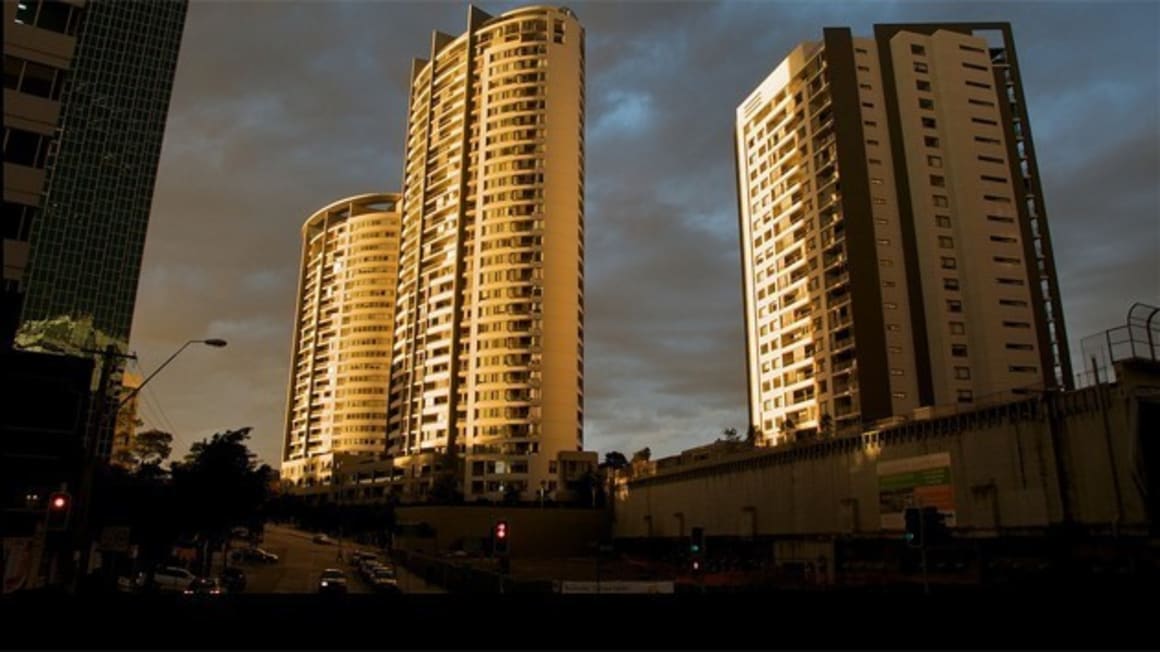Strong demand for Sydney CBD apartments: PRDnationwide

A report into the Sydney CBD unit market – focusing on Dawes Point, Haymarket, Millers Point, Sydney and The Rocks – has found that demand for new apartments was strong in the first half of 2013.
Investors and owner occupiers in the postcode 2000 suburbs are opting for one and two bedroom units, leaving sales of existing units subdued.
The Sydney CBD unit sales cycle graph points to steady activity over the 18 months to April 2013 with 385 transactions in the most recent period. This compares with highs of 985 transactions in October 2007 and 1002 transactions in October 2003. New apartments lifted the median price to $692,000 over the six months from October to April.
New apartments selling off-the-plan not included in the data are expected to boost the April 2013 six-month result, with five new projects at various stages adding 383 units to the existing stock.

The market overview, by researchers PRDnationwide, found the current market is attractive to a mix of local and overseas buyers, with those from overseas often using a 20%-30% deposit and finance of the balance from local financiers.
It found anecdotal evidence of strong demand for one or two-bedroom apartments, allowing buyers to alternate between an investment and owner occupation. Similarly, overseas investors who bought a residential unit for children attending university use it as a conduit to further investment in residential and commercial properties.
The study found residential construction in the 2000 postcode is mainly south of Druitt Street, with the exception of Eliza, a 19-apartment development on Elizabeth Street near Hyde Park. Haymarket has the highest number of units being built, with the Quay, a 240 mixed use development on Quay Street, and the Hing Loong Apartments, a 47 apartment project on the corner of Dixon and Little Hay Streets.
A positive outlook for Sydney is backed by an ‘’accommodative mortgage rate environment’’ – the report says - and improved investment in real estate as other asset classes show low returns or volatility.
March rental data points to little change in rents for the 2000 postcode. The median rent for a one-bedroom apartment of $600 per week represents a 12 month growth of 1.3%. Over the same period the median rent for a two-bedroom unit remains at $800 per week.
The gross rental yield for one-bedroom apartments ranged from 4.5%-6.6% for properties under $1 million, with similar returns for two bedroom apartments. Today’s lending rates allow investors putting down large deposits to recover most of their annual expense from their tenants.

While rental return is important, investors are usually searching for long-term capital growth. PRDnationwide Research’s resale analysis ascertains the average annual growth achieved by vendors who sold in the April 2013 half year period. It reveals an average appreciation of 3.1% per annum, with an average holding period of 6.5 years. PRDnationwide says moderate capital growth and higher rental yield compared to inner city suburbs outside the city centre is consistent with the traits of CBD investment.
The changes in mortgage demand chart shows a 13% increase in the 12 months to April 2013 in NSW.
The unit price point chart shows the April 2013 price strength with properties selling for at least $1.1 million accounting for 25% of sales, those less than $500,000 at 20% of sales, $500,000-$600,000 at 16% and $600,000-$700,000 at 14%. The upper figure of 25% compares with 22% in 2012.
The Sydney precinct recorded the highest number of units available for sale in the first half of 2013. The Sydney CBD unit days on market table highlights the 30 days or less bracket as the largest for the precinct, suggesting a good turnover of stock. Only 23% of the stock was advertised for a period of 120 days or more, compared with 33% for Haymarket and 50% for units in The Rocks.
The June quarter recorded the highest 12-month increase in the volume of mortgage inquiries since June 2010, with the Veda Consumer Credit Demand Index pointing to a 12 months growth of 13% for New South Wales. The figure reaffirms the market’s strength.